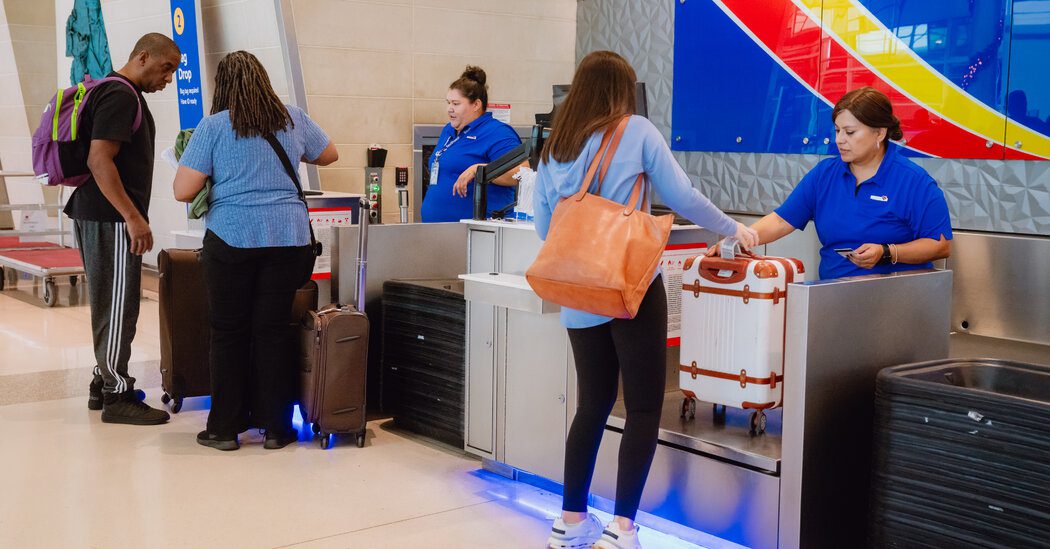

Southwest Airlines recently announced a significant reduction in its workforce, planning to eliminate approximately 1,750 positions. This marks the airline’s first major layoff in its 53-year history.
The majority of these job reductions will target corporate roles, affecting around 15% of the corporate workforce. Among those impacted will be 11 senior executives, including individuals with vice president titles and above. The airline aims to complete most of the cuts by the end of June.
In a statement, Bob Jordan, the CEO of Southwest, described this decision as “unprecedented.” He emphasized the critical nature of the moment, stating, “We are in the process of transforming Southwest Airlines into a leaner, faster, and more responsive organization. This decision was made thoughtfully, understanding the difficulty of parting ways with colleagues who have contributed significantly to our culture and achievements.”
Last year, Jordan faced challenges of his own when Elliott Management acquired roughly a 10% stake in the airline, prompting calls for broad organizational changes, including his potential removal. The hedge fund accused Jordan and the board of being complacent and neglecting necessary cost controls, which adversely affected profit margins that were once envied throughout the aviation industry.
In response to these pressures, Jordan unveiled a three-year strategy for major reforms, such as replacing the airline’s seat-yourself policy with assigned seating, introducing seats with additional legroom, and launching red-eye flights to maximize aircraft utilization.
Additionally, Southwest committed to appointing board members suggested by Elliott Management, leading the firm to withdraw its request for Jordan’s ouster.
The recent layoffs are projected to save Southwest around $210 million in the current fiscal year and an estimated $300 million the following year. However, the airline will incur one-time expenses of $60 million to $80 million in severance and other benefits for those laid off.
Historically, Southwest Airlines enjoyed an impressive 47-year streak of profitability until 2020 when the COVID-19 pandemic prompted losses across the sector. Since then, the airline has reported profits annually and remains the only major U.S. carrier to have never filed for bankruptcy, although it has experienced rising costs relative to its competitors.
Despite offering limited international flights, Southwest remains a powerhouse in the U.S. aviation market, transporting more passengers and operating more flights than any other airline. The airline is also highly regarded by travelers, often receiving top customer satisfaction ratings in the economy class category, according to research from J.D. Power.








